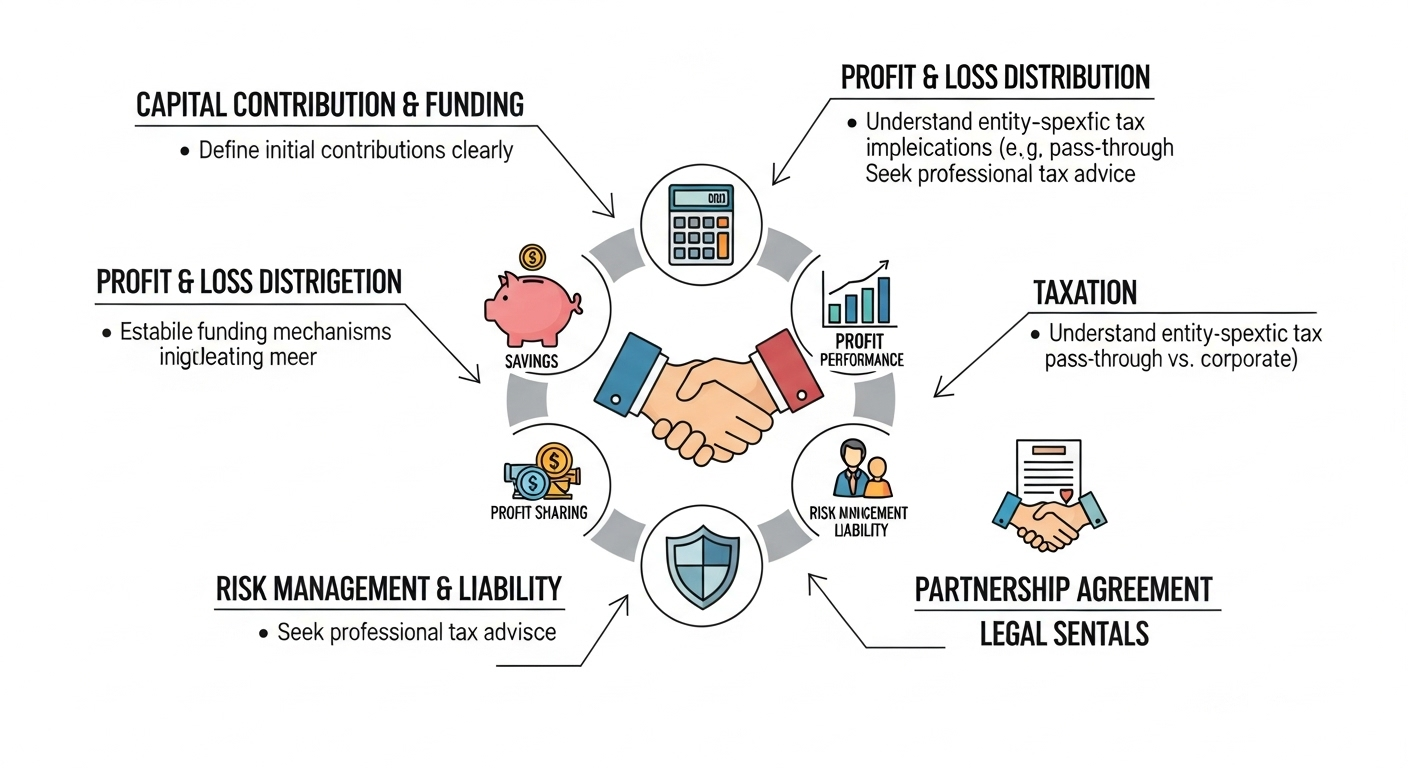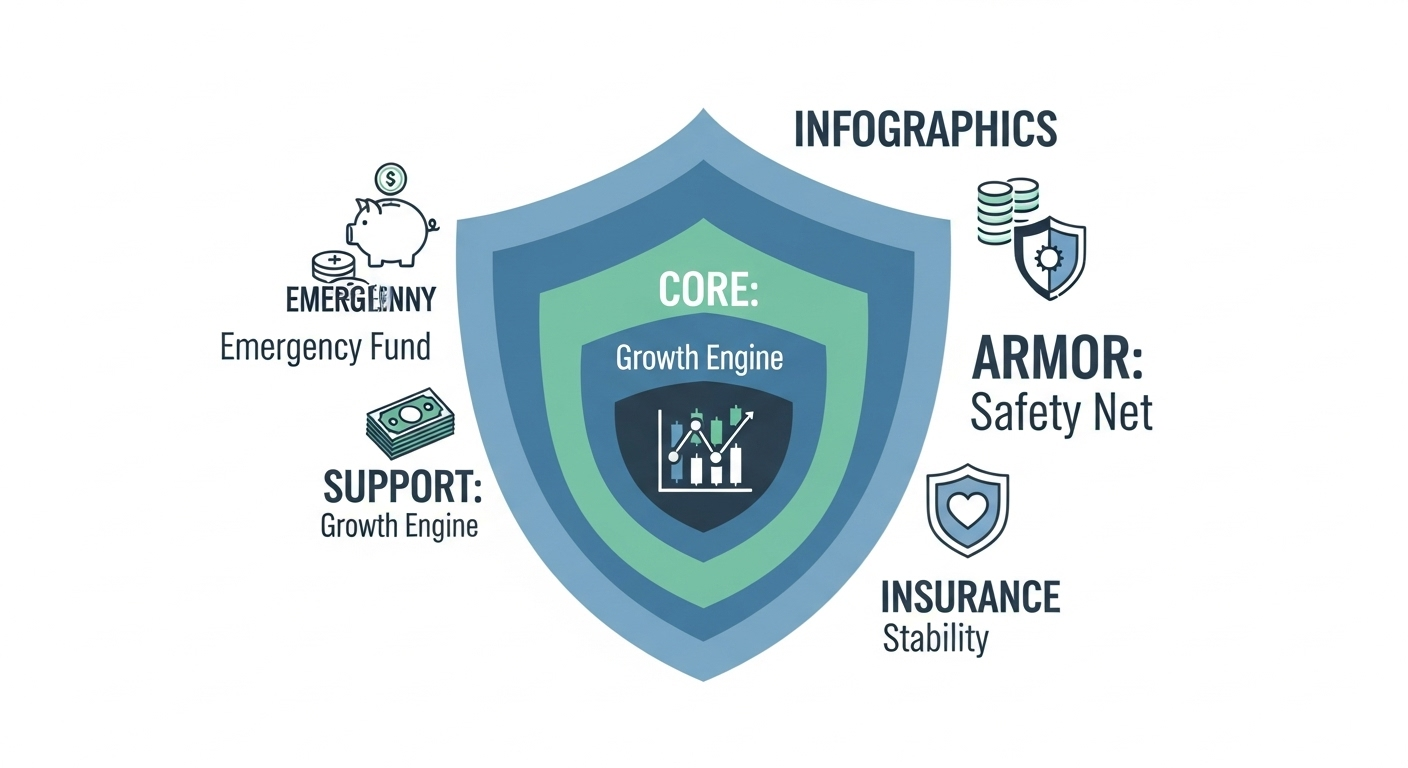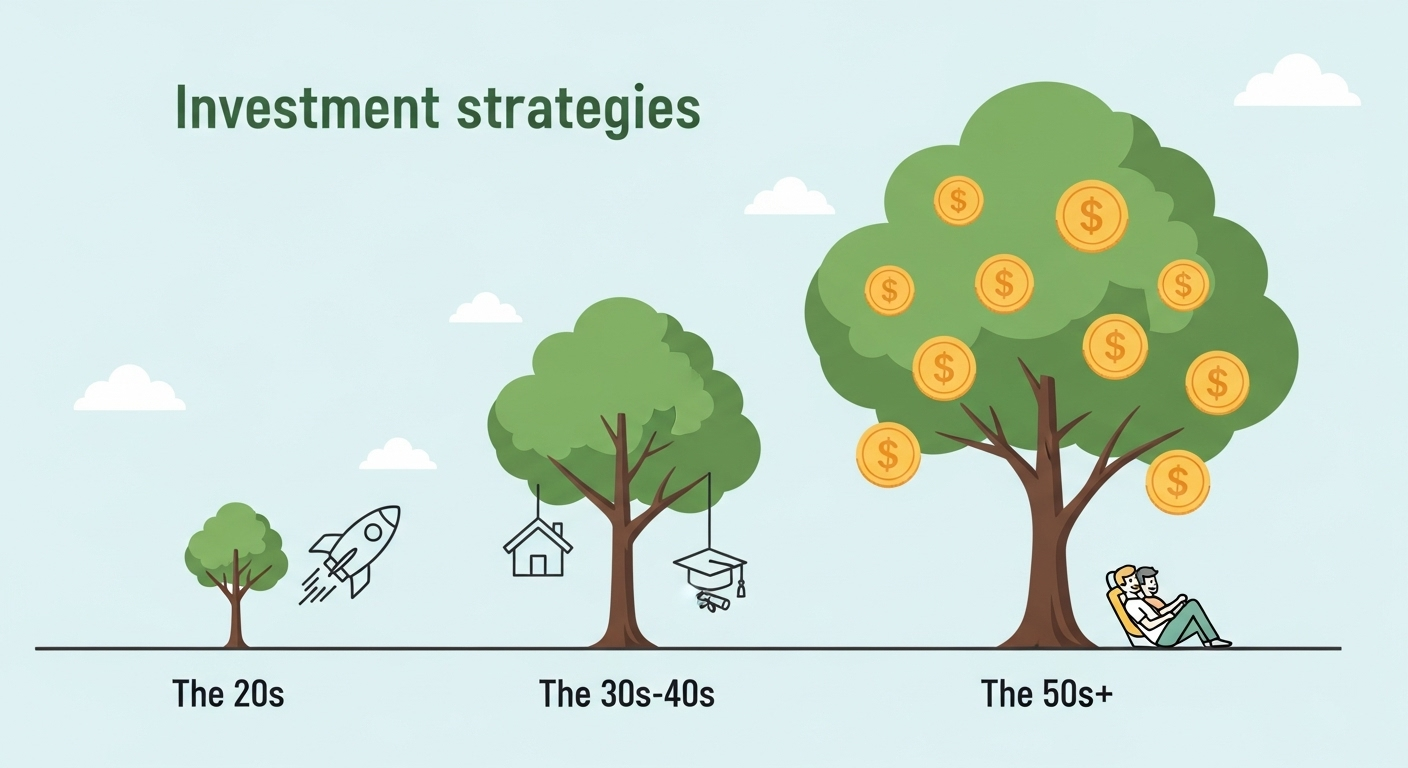
Let’s be honest. The term “financial calculator” sounds about as exciting as watching paint dry. It probably conjures images of an old, clunky device with a million tiny buttons, something your dad might have used in the ’80s. And you wouldn’t be entirely wrong. I remember my first encounter with one in a college finance class—a Texas Instruments BA II Plus. It felt archaic even then. My thought process was something like, “Why can’t I just use an app for this?”
But here’s the thing I’ve learned over years of managing my own money and helping others with theirs: understanding how to use a financial calculator isn’t about the device itself. It’s about understanding the language of money. It’s about grasping a fundamental concept that underpins every single financial decision you will ever make: the time value of money (TVM). And once you get that, everything from your daily budget to your long-term retirement goals starts to click into place. It’s a bit of a superpower, actually.
So, forget the dusty image. Think of this little gadget (or its app equivalent) as a crystal ball for your finances. It can look into the future and tell you what your savings might become, or look into the past to make sense of a loan. It’s a tool for empowerment, and I’m genuinely excited to unpack it with you.
First Things First: What Exactly Is This Thing?
At its core, a financial calculator is designed to do one thing exceptionally well: solve problems related to the time value of money. The core idea of TVM is simple: a dollar today is worth more than a dollar tomorrow. Why? Because you can invest today’s dollar and it can start earning returns. Conversely, inflation means that a dollar in the future will likely buy less than it can today.
Your standard calculator can do multiplication just fine, but it doesn’t have the built-in logic to handle the variables that define financial scenarios. I’m talking about these five crucial keys you’ll find on almost any financial calculator:
- N: The number of periods (years, months, etc.).
- I/Y: The interest rate per period.
- PV: The present value, or the lump sum amount you start with.
- PMT: The payment amount made each period.
- FV: The future value, or the amount you’ll have at the end.
The magic is that if you know any four of these, you can solve for the fifth. It’s like a financial Sudoku. This simple function is the bedrock of everything from car loans to mortgages to complex investment projections.
Putting the Calculator to Work: Real-World Scenarios
Okay, theory is great, but let’s get practical. How does this actually help you in real life? The applications are honestly endless, but here are the big ones that I use it for constantly.
Mastering Your Budgeting and Savings Goals
Let’s say you want to have $10,000 saved for a down payment on a car in three years. You’ve found a high-yield savings account that offers a 4.5% annual interest rate. The question is: how much do you need to save each month? Instead of fumbling with a spreadsheet, you can just plug the numbers in:
- N: 36 (3 years x 12 months)
- I/Y: 4.5 / 12 (the monthly interest rate)
- PV: 0 (assuming you’re starting from scratch)
- FV: 10,000
Now, you just compute for PMT, and voilà! The calculator will tell you exactly what you need to put away each month. It takes the guesswork completely out of the equation. This is a game-changer for setting and achieving realistic savings goals. I find it incredibly motivating to see a clear path to a tangible outcome. Suddenly, a big, scary number becomes a series of manageable steps. For more tips on getting a handle on your money, check out this great resource on effective financial strategies.
Decoding Loans and Mortgages (The Loan Amortization Calculator)
This is where your financial calculator truly shines and can save you a ton of money and stress. Ever looked at a loan statement and felt like you were reading a foreign language? The calculator can translate. When you take out a loan, whether it’s for a car or a house, you’re essentially dealing with a present value (the loan amount) that you’re paying down over a number of periods with regular payments.
Let’s take a $30,000 car loan for 60 months at a 7% interest rate. You can use the calculator to figure out your monthly payment (PMT). But it gets better. Most financial calculators have an amortization function. This lets you see, for any given payment, how much is going toward the principal (the actual loan balance) versus how much is just interest.
I remember the first time I did this for my own student loans. It was… illuminating. And a little frustrating, I’ll admit, to see how much of my early payments were just feeding the interest beast. But it also empowered me to make extra principal payments, knowing exactly how much it would shorten the life of my loan. It turns what feels like a black box into a transparent process. As major news outlets often report, understanding loan terms is crucial for financial health.
Planning for the Future: Your Retirement Planning Calculator
Now for the big one: retirement. This can feel like such a massive, abstract goal that it’s easy to just put it off. The numbers are huge, the timeline is long, and it’s hard to know where to even start. This is precisely where a financial calculator (or a good online retirement planning calculator) becomes your best friend.
You can start playing with variables to see what’s possible. “What if I invest $500 a month for 30 years and get an average annual return of 8%?” You can plug that in and solve for FV (Future Value). The number might surprise you (in a good way!).
Then you can start asking more complex questions. “If I want to retire with $1.5 million (FV), and I have 25 years (N) to do it, and I think I can get a 7% return (I/Y), how much do I need to be investing each month (PMT)?”
I’ve got to admit, this part fascinates me. Running these scenarios makes the future feel less like a question mark and more like a plan. It helps you see the incredible power of compound interest—how your money can start working for you. There are many great financial calculator apps out there, like those from Vanguard or Empower, that make this kind of planning incredibly accessible.
Wait, there’s something even more interesting here… the calculator can also work in reverse. You can figure out how long your nest egg will last. If you retire with $1.5 million and want to withdraw $6,000 a month, how long will your money last, assuming it’s still earning a modest return? That’s a powerful piece of information to have. For those looking to dive deeper into financial topics, exploring resources like financial literacy guides can be incredibly beneficial.
A Note on Physical vs. App Calculators
In today’s world, you might be wondering if you even need a physical calculator. And the honest answer is: probably not. While die-hard finance pros (and people who took the CFA exams) might have a soft spot for the classic HP 12C or TI BA II Plus, a good financial calculator app on your phone can do everything you need. The important thing isn’t the hardware; it’s the understanding of the five key inputs. The logic is the same whether it’s on a plastic device or a glass screen.
The key is to just get started. Find a tool you’re comfortable with and begin asking it questions about your financial life. It’s one of the most proactive steps you can take toward building a secure and confident financial future.
FAQs: Your Financial Calculator Questions Answered
How do I know if I’m entering the numbers correctly, especially the positive and negative signs?
This is one of the most common trip-ups! Think of it from you










